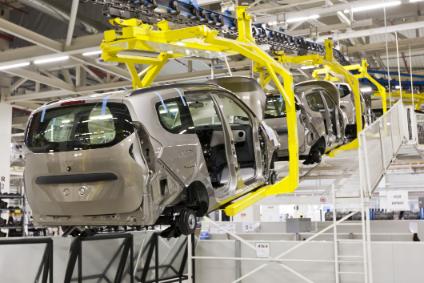Priority Action Area #1
Have a broader, integrated appreciation of infrastructure
Underinvestment in local infrastructure constrains economic growth and also prevents the efficient delivery of local services. How infrastructure is defined, alters how it is valued – this is crucial as a society that undervalues the economic, social, environmental and other contributions from its infrastructure will not prioritise it for investment. Some definitions of infrastrucure focus upon components and networks.[3] Other definitions emphasise societal need and economic growth.[4] While a third group stress the financial value of infrastructure as an alternative asset class.[5] A business model describes the creation, delivery, and capture of value in economic, social, cultural or other terms.[6] A sustainable infrastructure business model secures the resources, financial or otherwise, to construct and manage infrastructure over its life cycle. A narrow view of infrastructure can constrain innovative thinking and limit the development and implementation of alternative business models. Many current infrastructure business models in the UK are based upon prudential borrowing from the Public Works Loan Board, or use of Private Finance Initiative schemes, and users of infrastructure typically pay through taxation, user tolls or a combination of both. However, the choice and design of infrastructure business models has a profound and far reaching influence on the nature and quality of infrastructure service provision. A service funded exclusively through taxation can provide equal access for all but may ultimately be forced to compromise service quality if demand is too great. User charges can help manage demand according to service needs, but potentially at the expense of equitable access. To unlock opportunities for business model innovation, an integrated approach that considers the whole infrastructure system from physical components through to the services it provides is essential. This helps identify more opportunities to capture value from across the entire infrastructure system and throughout its life cycle.
Business model lessons from other goods and services sectors
Henry Ford is famous for using the assembly line in his car factories to improve production efficiency, but it was connecting this up with other innovations such as increased wages for his workforce to enhance their buying power and franchise dealerships that enabled rapid growth in sales.
High street video rental store Blockbuster filed for bankruptcy in 2010. Six years earlier it had over 9,000 stores globally, but the company was slow to respond and take advantage of new business model opportunities from digital film distribution enabled by ICT. App users on smartphones will be familiar with the freemium business model. The basic app is provided for free, drawing in users, but additional features are provided at cost. Like many other manufacturers, Toyota applied the Just-In-Time principle to their manufacturing processes. However, they were also early adopters of applying these principles across the rest of their system in product development, supplier relations and distribution. Toyota also recognised the important role of people involved in these processes through the principle of “Jidoka” (often referred to as automation with a human touch). A key lesson from these business models is that whilst physical components and services are important so are the processes, people and mechanisms for creating, delivering and capturing value. A key challenge for the iBUILD research team has been to draw upon the existing work on business models in such goods and services activities to understand and explain what they mean for the particular characteristics of infrastructure.
|



